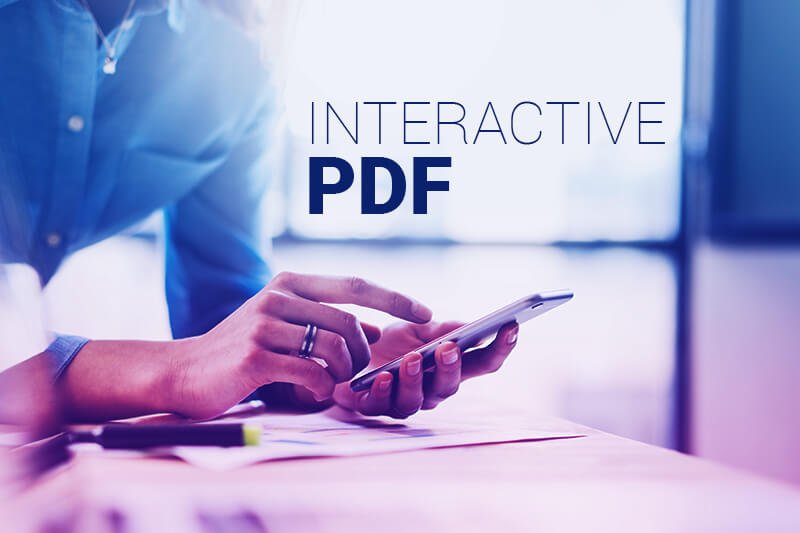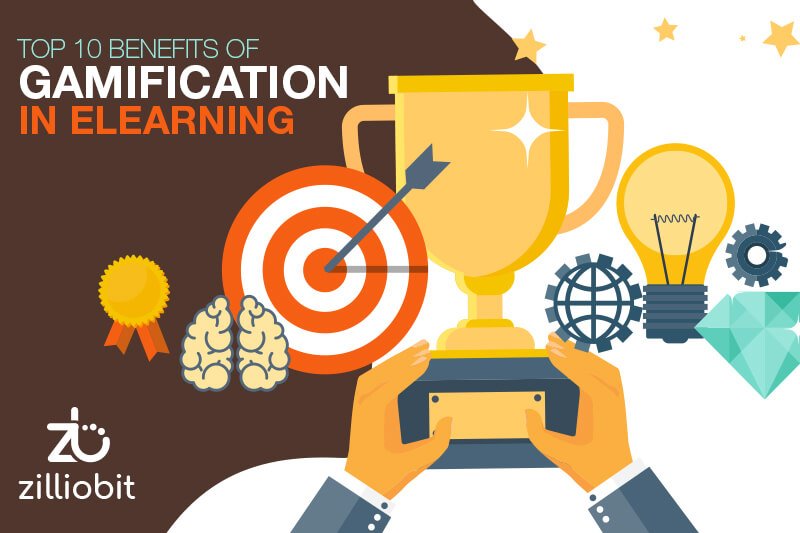Exploring WCAG 2.2: Elevating Accessibility Standards for Learning Content
4 minutes to read
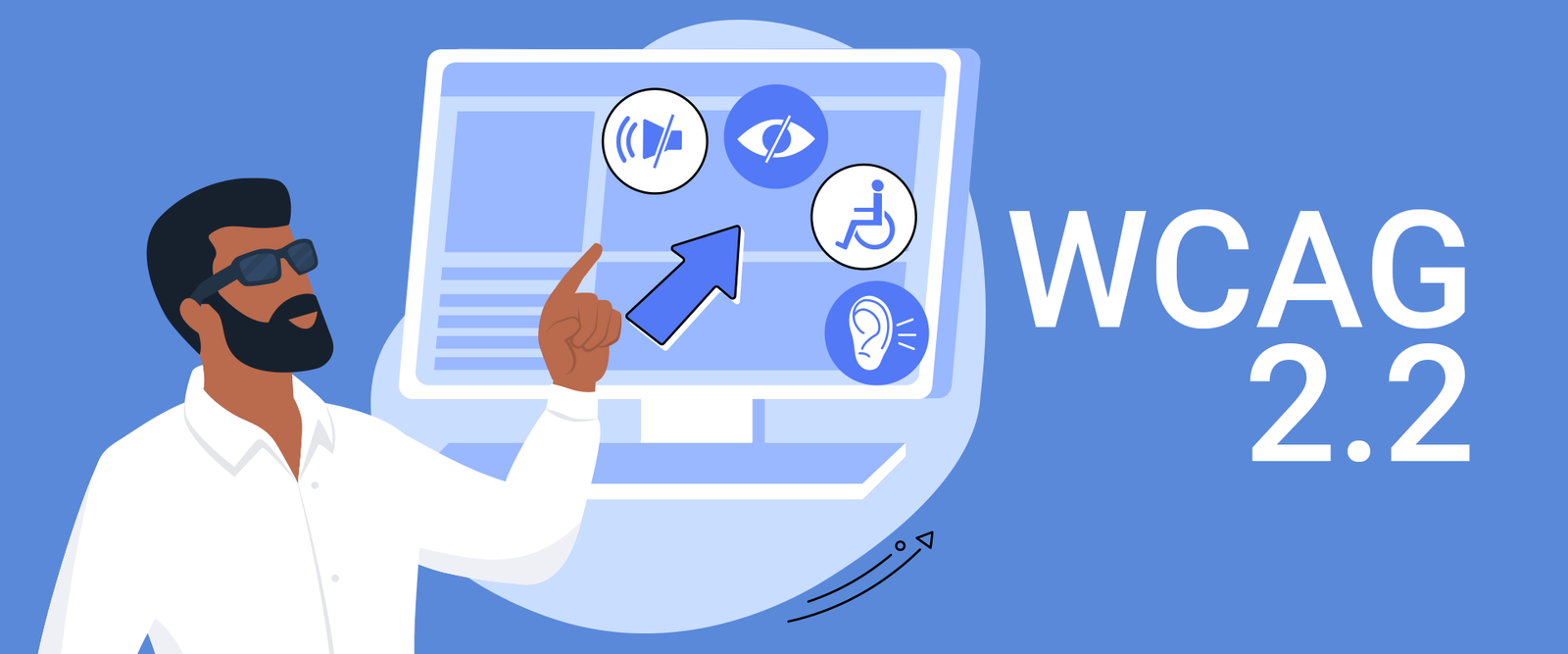
WCAG Past & Future: From 2.0 to 3.0:
The journey of the Web Content Accessibility Guidelines (WCAG) has been one of continuous evolution. Since its inception in 2008 with WCAG 2.0, followed by the 2018 release of WCAG 2.1, the standards have been refined to address emerging digital accessibility needs. Now, with WCAG 2.2 on the horizon, the Accessibility Guidelines Working Group (ACWG) is poised to deliver another leap forward in accessibility standards. However, the story doesn’t end there – whispers of WCAG 3.0, also known as “Silver,” hint at further innovations on the horizon. WCAG 2.2 likely marks the conclusion of the WCAG 2.X series, with attention shifting to WCAG 3.0. While plans for WCAG 2.3 are uncertain, WCAG 3 is anticipated to bring significant changes, including a new conformance system. However, should digital technologies undergo substantial transformations, the possibility of WCAG 2.3 remains open. As of now, WCAG 2.3 is the last planned version of WCAG 2.0. Explore more about WCAG 3.0 and its implications for content creators.Understanding the Changes:
The now obsolete criterion, 4.1.1 Parsing (A), has been replaced by a set of new guidelines that aim to address emerging accessibility challenges. Among the notable additions are:-
2.4.11 Focus Not Obscured (Minimum) (AA):
Ensuring that items receiving keyboard focus remain at least partially visible, thus facilitating navigation for users with diverse needs.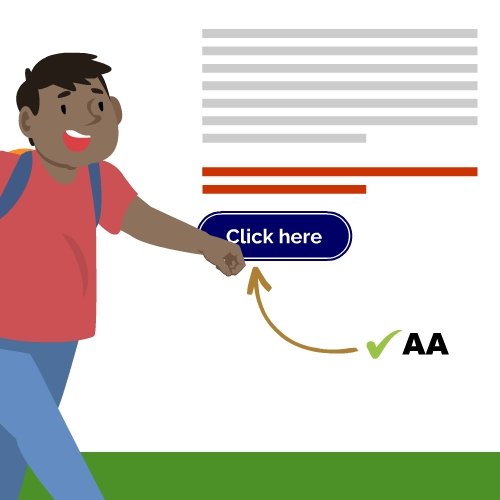
-
2.4.12 Focus Not Obscured (Enhanced) (AAA):
Elevating the accessibility standard by requiring that items receiving keyboard focus are fully visible, enhancing usability for all users.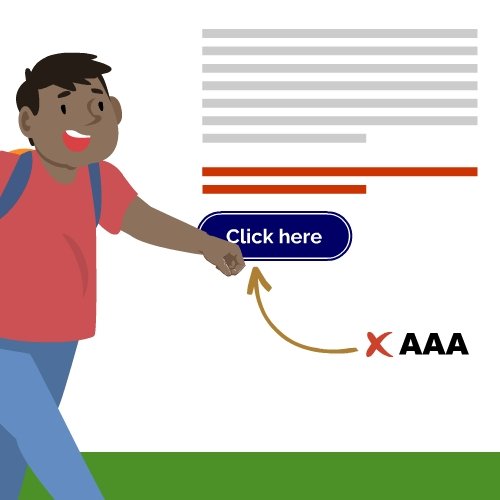
-
2.4.13 Focus Appearance (AAA):
Emphasizing the importance of utilizing focus indicators with sufficient size and contrast, aiding users in identifying interactive elements.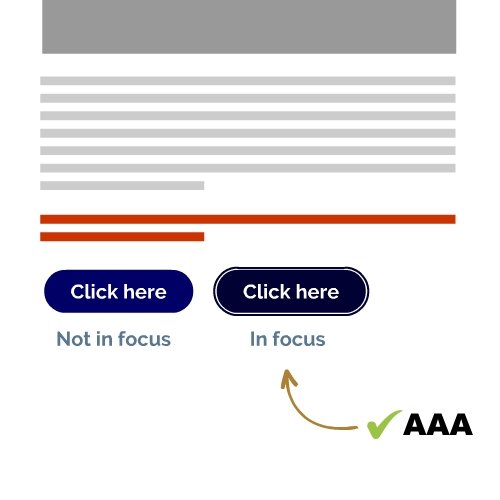
Highlighting Relevant Criteria for Learning Content:
Among the new criteria, three stand out as particularly relevant for learning content creators:-
2.5.7 Dragging Movements (AA):
Addressing interactions involving dragging elements on the screen, such as drag-and-drop activities or multi-finger gestures.
This guideline emphasizes the provision of single-pointer alternatives to ensure inclusivity in learning experiences.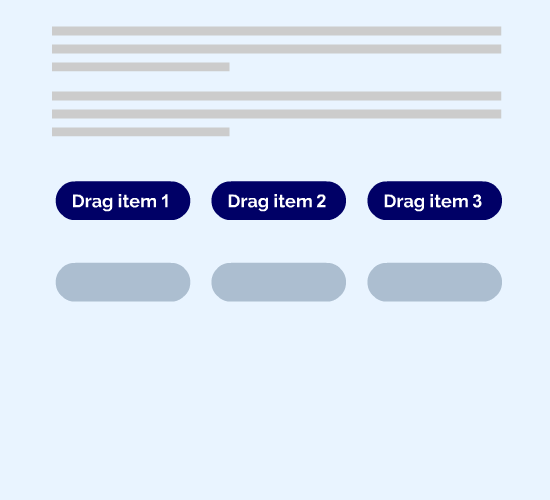
-
2.5.8 Target Size (Minimum) (AA):
Introducing a more forgiving standard for the size of interactive targets, benefiting learners by enhancing the accessibility of interactive elements such as buttons and icons.
-
3.2.6 Consistent Help (A):
Highlighting the importance of maintaining consistency in the placement and accessibility of help options across learning materials, facilitating seamless navigation and support for learners.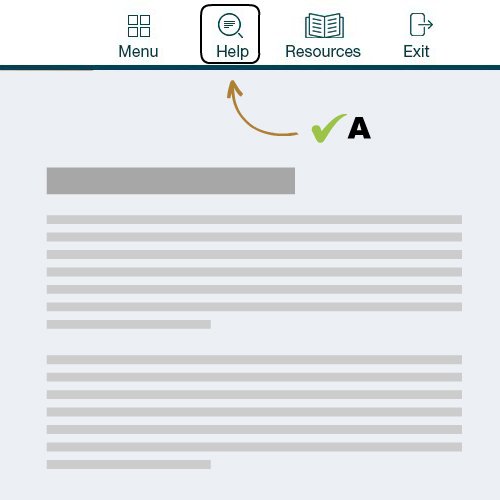
Conclusion:
The release of WCAG 2.2 represents a significant leap forward in digital accessibility standards, especially for learning content. With nine new requirements and a focus on addressing emerging challenges, WCAG 2.2 signals a commitment to inclusivity in the digital realm. As content creators navigate these changes, embracing WCAG principles becomes paramount to ensuring that digital materials cater to all learners. Looking ahead, WCAG 2.2 is poised to become the cornerstone for web accessibility, reflecting the evolving online landscape and striving to enhance inclusivity. As we await its official release in 2023, staying informed, testing regularly, and fostering collaborative efforts are crucial steps in promoting accessibility.
In embracing WCAG 2.2, we embark on a journey towards a more inclusive internet, where digital content is accessible to all. For further updates and detailed information, visit the official W3C website and prepare for WCAG 2.2’s official release. Should you seek a reliable partner in achieving digital accessibility, consider reaching out to Zilliobit, experts dedicated to fostering inclusivity online. Together, let us champion accessibility and ensure that the internet remains a friendly and accessible space for all users.
In embracing WCAG 2.2, we embark on a journey towards a more inclusive internet, where digital content is accessible to all. For further updates and detailed information, visit the official W3C website and prepare for WCAG 2.2’s official release. Should you seek a reliable partner in achieving digital accessibility, consider reaching out to Zilliobit, experts dedicated to fostering inclusivity online. Together, let us champion accessibility and ensure that the internet remains a friendly and accessible space for all users.
WOULD YOU LIKE TO DEVELOP ELEARNING THAT IS ACCESSIBLE?
Let’s Talk
